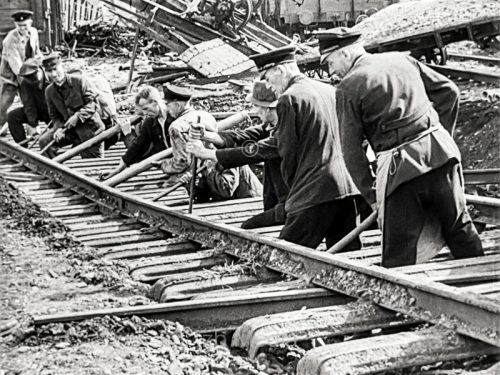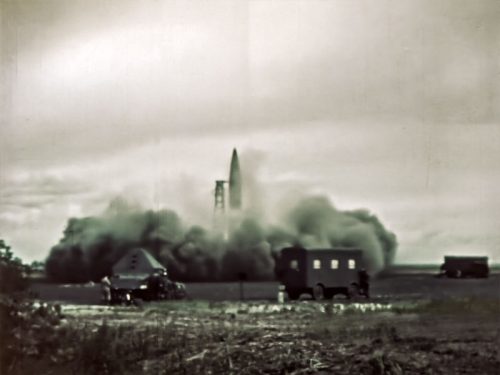View of trenches from Fort Douaumont during the First World War, WW1. Fort Douaumont was the largest and strongest fort of the outer fort belt of Verdun in Lorraine and was heavily contested in the Battle of Verdun during the First World War. #191204. film length 2:40. a licence fee of 6 x 30 seconds is charged to purchase a licence for the complete film.
Fort Douaumont in the First World War
Description
Fort Douaumont in the First World War
Historical context
Fort Douaumont was an important fortress during the First World War. It was part of the French defence system along the border with Germany, known as Fort Verdun. The fortress was built between 1885 and 1913 and was considered one of the strongest fortresses of its time. Fort Douaumont played a decisive role during the Battle of Verdun in 1916. On 25 February 1916, German troops succeeded in taking the fort by surprise, as it was inadequately manned and defended by the French. This incident was a serious setback for the French army and led to a long and bloody battle to recapture the fort. The trenches were an essential feature of positional warfare in the First World War. The front lines stretched for hundreds of kilometres from the North Sea to the Alps and were criss-crossed by a complex network of trenches. These trenches served as protection against artillery fire and were also the starting point for attacks and counter-attacks. Conditions in the trenches were extremely difficult. The soldiers lived in cramped and often unhygienic conditions. They were exposed to the elements, suffered from mud, rat infestation, disease and the constant risk of grenade attacks. Trench warfare resulted in a stalemated front line that rarely shifted significantly, and the Battle of Verdun was characterised by particularly intense trench warfare as both German and French troops attempted to hold or capture their positions along the front line. It is estimated that around 300,000 soldiers were killed on both sides during the Battle of Verdun and a further 400,000 were wounded. The Battle of Verdun is considered one of the bloodiest and most costly battles of the First World War. It lasted from February to December 1916 and led to enormous human losses on both sides, without any significant territorial gains being made. The battle also had a symbolic significance, as it became synonymous with the senseless and devastating nature of positional warfare






